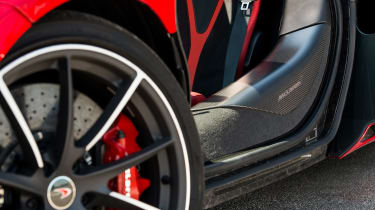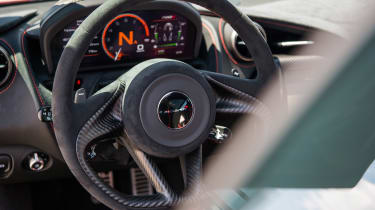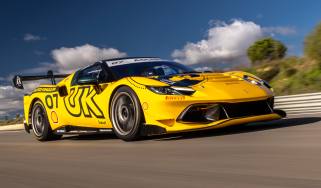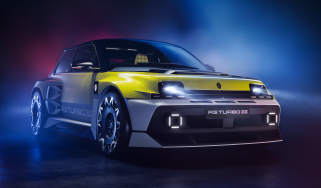McLaren 720S (2017 - 2023) review – engine, gearbox and technical specs
The basic architecture is familiar from several other McLarens, but it’s certainly put to good use here
It’s fair to say that with a mid-mounted 4-litre twin-turbocharged V8 the 720S’s beating heart isn’t a huge mechanical departure from other McLarens, but it’s nothing if not startlingly powerful. McLaren quotes a peak power output of 710bhp at 7500rpm from the dry-sumped M840T unit, together with 568lb ft of torque at 5500rpm.
It’s attached to a seven-speed dual-clutch transmission, and as is customary with McLarens, an open rear differential, albeit one equipped with McLaren’s ‘Brake Steer’ system which replicates the limited-slip effect to a degree. Suspension is by double wishbones at both ends, with adaptive dampers and Proactive Chassis Control II – hydraulic cross-linking of the damping designed to balance the occasionally conflicting requirements of ride quality and body control. Unlike many competitors, McLaren still uses hydraulic assistance for its steering – and, not without coincidence, the 720S has fantastic steering, as we’ll discover later.
All these components are attached, via subframes, to the second generation of McLaren’s carbon Super Series structure, dubbed Monocage II. The structure itself contributes only 102kg of the 1283kg dry weight (1419kg at the kerb) and forms both the basis of the chassis, and acts as the passenger safety cell – as well as something from which to hinge McLaren’s customary butterfly doors.




